Quebec powers up to meet battery demand
Provincial critical metals plan includes focus on recycling, circular economy
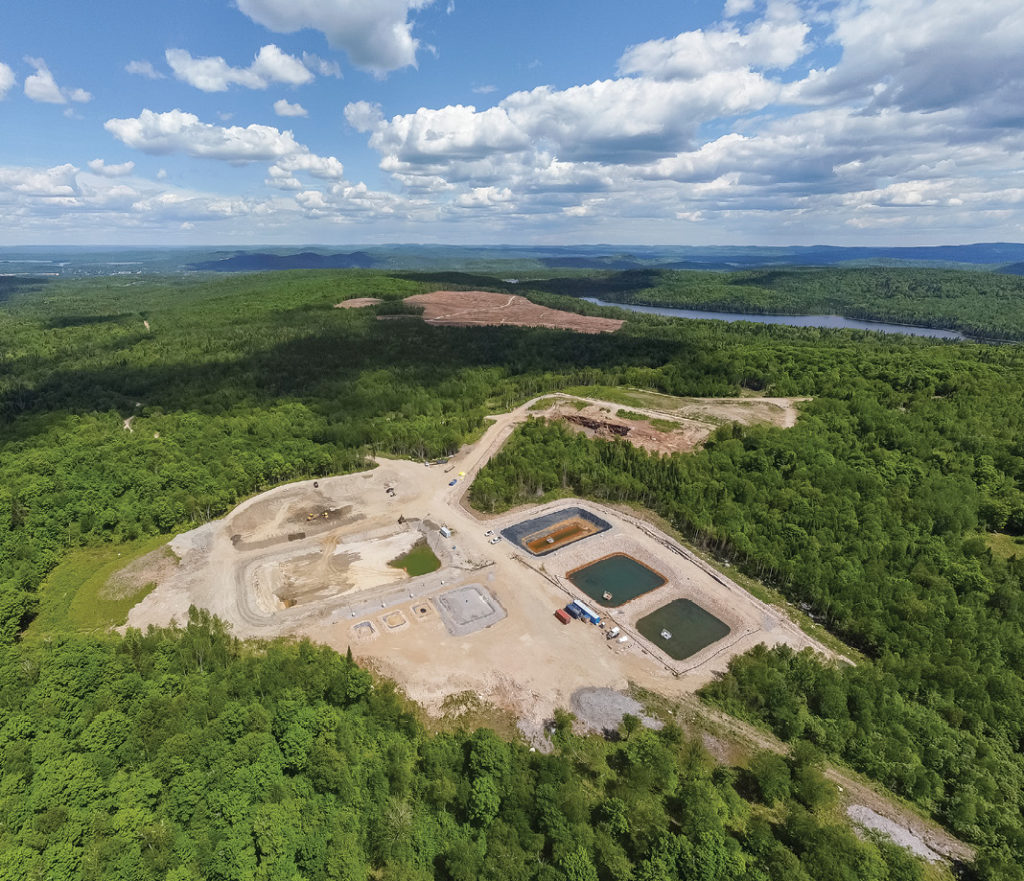
Nouveau Monde Graphite plans to build its Matawinie graphite mine in Saint-Michel-des-Saints, 120 km north of Montreal, Que. as a zero-emissions mine. This is already a big deal, considering large electric haul trucks the company needs aren’t yet commercially available (it’s working with equipment manufacturer Caterpillar to have a complete electrified fleet ready before year five of the operation). But considering that most of its production will be aimed at the electric vehicle market – a sector that’s a crucial part of the global energy transition away from fossil fuels – this makes perfect sense.
However, the company is also going a step further. Realizing that the volume of battery metals needed is far greater than reserves, the junior is already planning to incorporate graphite recycled from spent lithium ion batteries into its product.
Of all of the five key battery minerals – graphite, lithium, nickel, cobalt and manganese – demand is projected to grow most strongly for graphite. Benchmark Mineral Intelligence has estimated demand for natural flake graphite will grow by 410% by 2030 to 3.9 million tonnes, up from 771,000 tonnes in 2020.
Nouveau Monde president and CEO Eric Desaulniers says that to electrify all 1 billion cars that now exist, we would need around 100 million tonnes of processed graphite over the next 20 years or so. “That’s more than all the reserves discovered in the history of humanity. We need to recycle that 100 million tonnes in the market at some point because it’s a non-renewable resource,” he says.
In June, Nouveau Monde and fellow Quebec company Lithion Recycling announced a collaboration for the recovery and reuse of graphite from lithium-ion batteries. (Lithion has developed an innovative hydrometallugical process to recycle batteries and recover 95% of the materials.)
“In our case a lot of our value creation comes from the processing of the material and as everyone knows, a mine has a finite life,” says Desaulniers. “It makes a lot of sense to try to incorporate the most recycled material as possible in the processing step to extend the mine life of a deposit… By doing so we’re not only helping the planet, but it’s good for the business.”
Nouveau Monde isn’t the only one thinking about the role of recycled metals in meeting the burgeoning demand for battery metals.
In the EU, proposed regulations would require a certain proportion of recycled content in lithium ion batteries by 2030. That has put recycling on the radar for battery manufacturers, automakers, other governments and investors.
While there are no similar regulations yet in North America, they are likely to follow.
U.S. President Joe Biden’s US$174-billion plan for mass adoption of EVs also aims at building battery capacity in the U.S. and North America, including recycling of battery materials.
With the consensus being that we need a huge increase in the supply of battery metals, recycling will be needed to supplement mined supply, says Mitchell Smith, a director of the Battery Metals Association of Canada (BMAC) and president and CEO of TSX Venture-listed Global Energy Metals.
“I think it’s going to be a critical component to being able to secure enough supply for what’s projected on the demand side,” he said. “Critical and strategic metals do come with a footprint when they’re extracted from the ground, so recycling is an important way to give some of the battery materials a second life.”
Recycling landscape
As adoption of EVs rises, there will be a flood of spent lithium ion batteries that could end up in landfill if they are not reused or recyled. By 2040, there are expected to be more than 2 million tonnes worth in the U.S. alone.
Some recycling of lithium ion batteries does take place now, but it is focused on cobalt and nickel, which are the most economic metals to recover. The smelting process is also energy-intensive and polluting, and yields a lower quality product that can’t be used for the battery market without further processing. Lithium, graphite and other components are lost in the process.
A number of startups, such Anjou, Que.-based Lithion Recycling and Toronto-based Li Cycle, are developing recycling processes based on hydrometallurgy.
Recycling has certain advantages over mining, which requires a lot of concentrating to get ore that starts at 5% to the lithium carbonate or lithium hydroxide stage, says Lithion’s business development manager, Jean-Christophe Lambert.
“The level of complexity and cost involved is much higher,” he says. “The beauty of recycling is you start with a product that’s already extremely pure. It’s in the right form. It’s just a matter of how can you recuperate it properly with an operating cost that makes sense, then can return it to the proper form at the end.”
Lithion has proven its technology, which recovers 95% of battery materials, by dismantling and recycling batteries of all shapes and sizes over the past 18 months at its 200 t/y pilot plant in Anjou. “Each battery pack that comes in is different – different design, different chemistries – so it’s important for us to do a proper evaluation of that product specifically,” Lambert notes.
Those batteries included some supplied for testing by automaker Hyundai Canada from its hybrid, plug-in hybrid and EV models.
“For them it’s also new, so I think it was a great opportunity for them to understand what that industry is going to look like in the future.”
The next step for the private company is a 2,000 t/y commercial plant. It plans to begin commissioning for the first part of the Lithion process – dismantling the battery and extracting the “black mass” containing the battery metals – late next year. The hydrometallurgical part of the process, separating out and purifying the metals, is planned to begin in early 2024.
Lithion’s process returns to the cathode stage rather than the cell manufacturing stage. While there are a slew of battery “gigafactories” under construction in the U.S., Lambert notes that there is very little cathode production in North America.
“All these gigafactories will need cathodes,” Lambert says. “We’re expecting the cathode players like BASF, Umicore, Johnston Matthey, all these guys will need to come and build more capacity in North America to support that growing industry here locally. So there might be a gap between these plants being built where a company like Lithion will need to sell its product in Europe first because there’s already cathode capacity there.”
The work Lithion and Nouveau Monde are conducting on graphite recycling is important because most investment in battery recycling is focused on cathode material (nickel, cobalt and lithium). The two companies are working together to figure out at what stage Lithion’s recycled, purified graphite would feed into Nouveau Monde’s process of producing spherical graphite.
“Not many recyclers can invest the same amount of capex that we are in purification and in the right processing steps to recondition the material into a battery,” says Nouveau Monde’s Desaulniers.
“It makes sense for us to use the same processing steps in this new market that we need to be pioneering – otherwise, no one will do it,” he adds. “It’s too expensive to build the whole processing stream only for the recycled material – especially today, there’s not enough recycled material.”
North American battery supply chain
While recycling will be a key part of any local battery supply chain, there’s still a lot of work to be done to establish one in North America. The battery market globally is dominated by Asia, and the European Union is ahead of North America is building its own supply chain.
“There’s a real impetus for North America to ramp up or catch up or it’s going to lose the global market share,” said BMAC’s Smith. “We’ve seen Asia and now Europe really accelerate at break neck speeds.”
Collaboration between Canada and the United States will be key, he adds, as will better promotion of Canada’s clean and responsible mining brand.
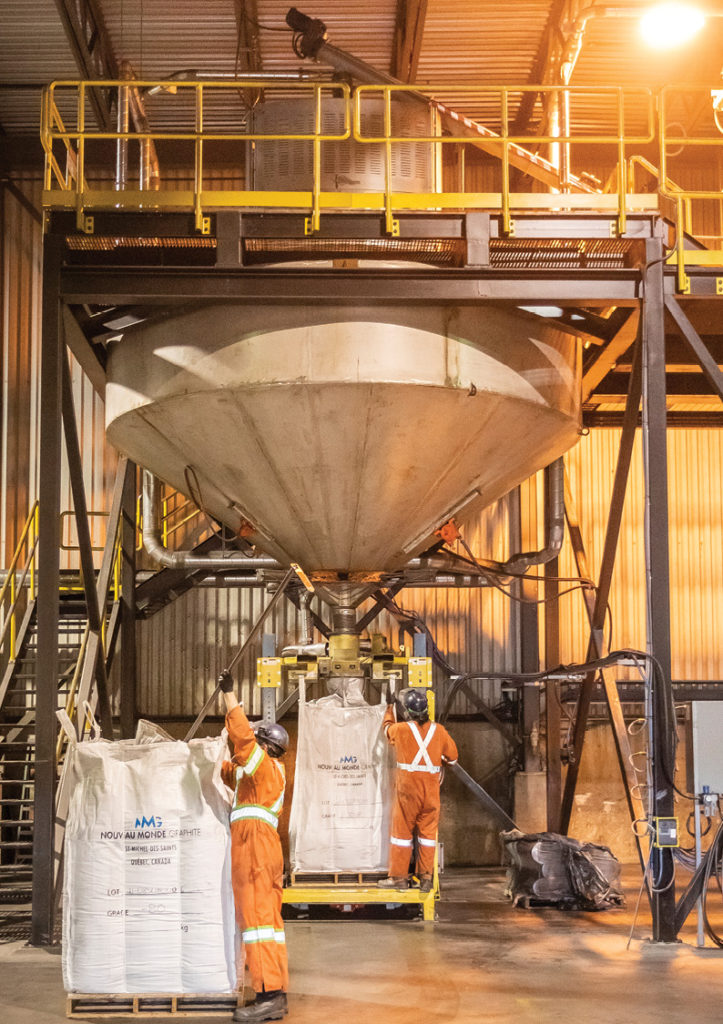
CREDIT: NOUVEAU MONDE GRAPHITE
Even though Nouveau Monde won’t be in full production of spherical graphite for the EV market until early 2025 when it plans to commission a 42,000 t/y commercial scale plant in Becancour, Que., the company is the most advanced and largest potential graphite supplier in North America and has drawn the attention of the Biden adminstration, whose representatives meet regularly with the company.
“We really believe they consider this a North American challenge, not only a U.S. challenge,” says Desaulniers.
The company started early contruction at its Matawinie project this year, and has already qualified its flake graphite product with customers for use in refractory bricks and electronics.
However, in the first quarter of 2022, Nouveau Monde will have its first coated spherical graphite product for battery customers to sample. The stage 1 purification plant in Becancour, Que., will be able to produce 2,000 tonnes of battery-grade anode material.
A feasibility study on a commercial scale plant is due out in the second quarter of 2022. Desaulniers says the expected price tag for both the Matawinie mine and the plant is expected to be around $1 billion. He expects that both the Quebec government and the federal government will be involved in the financing.
Quebec takes the lead
While federal and provincial governments recognize the potential for Canada to play a key role in an emerging North American battery supply chain, Quebec appears to the most serious about claiming its place.
The province intends to become a leader in critical and strategic minerals (including battery minerals) by leveraging its many advantages: inexpensive, abundant and clean hydro-electricity; its wealth of critical minerals; R&D capacity and a skilled work force. Last October, the province announced its Quebec Plan for the Development of Critical and Strategic Minerals. The comprehensive five-year plan lays out $90 million in investment over four major areas over that timeframe. The plan, which includes support for exploration, new mines and infrastructure, is not limited to battery minerals. However, recycling and the creation of a circular economy is a major focus of the plan.
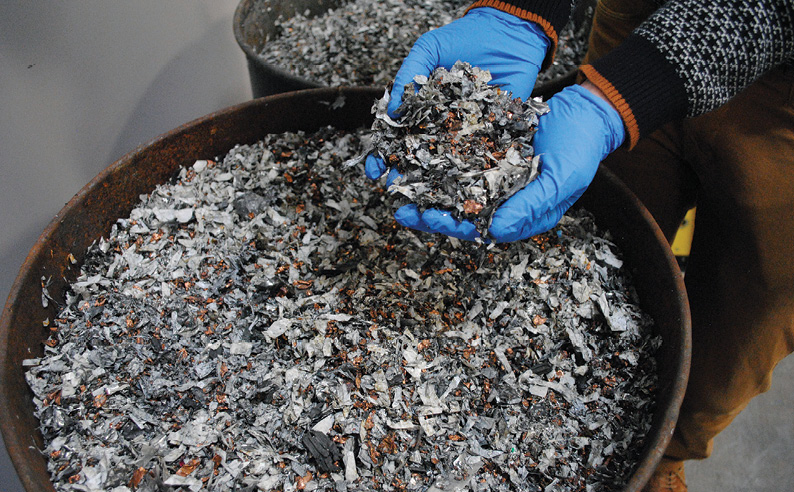
Nobody believes that $90 million in investment is enough to do the job. (The province has so far announced around $23 million in grants, subsidies and tax credits under the plan, with another $22 million in tax breaks over five years set aside to support advanced work on critical and strategic mineral projects.)
However, last November, province-owned Investissement Québec (IQ) announced a complementary battery strategy aimed at establishing local manufacturing of battery components, local manufacturing of EVs, and the development of battery recycling technologies.
In June, IQ CEO Guy LeBlanc told La Presse that the company plans to invest $1-2 billion over the next two to three years and attract another $4-6 billion in investment from the private sector.
Even before the CSM and battery plans, Quebec has strongly supported the emerging sectors, including Nouveau Monde (IQ is its second largest shareholder), Nemaska Lithium, (it now owns 50% of the company, which entered creditor protection in late 2019), Lithion Recycling and others. IQ also recently loaned Lion Electric $50 million for a $185-million lithium ion battery plant it’s building in the province (the federal government also ponied up a $50 million loan).
Although it’s still early, the province believes its plans – including the first of its kind CSM plan – will attract investment.
“We have noted a great enthusiasm and a strong interest at the international level for the initiatives emerging in Quebec,” said a spokesperson for the ministry of energy and natural resources in an emailed response to questions from CMJ. “The (unique qualities) of our mining ecosystem (high environmental and social acceptability standards, renewable energies) also make it possible to increase the visibility and support the reputation of the Quebec mining sector internationally, which constitutes a significant competitive advantage for the development of critical and strategic minerals.”
While North America’s battery market is still in its early stages, it is crucial to act now to prepare for future demand.
“If I look at the rest of Canada, I think Quebec has been really leading the way,” says Lithion Recycling’s Lambert. “This industry is developing right now so you cannot wait ten years to start working on it.”
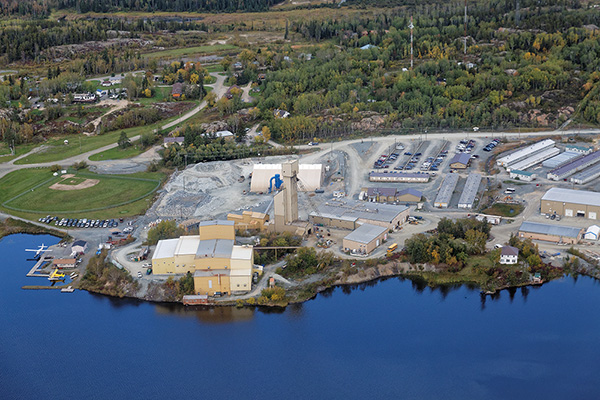
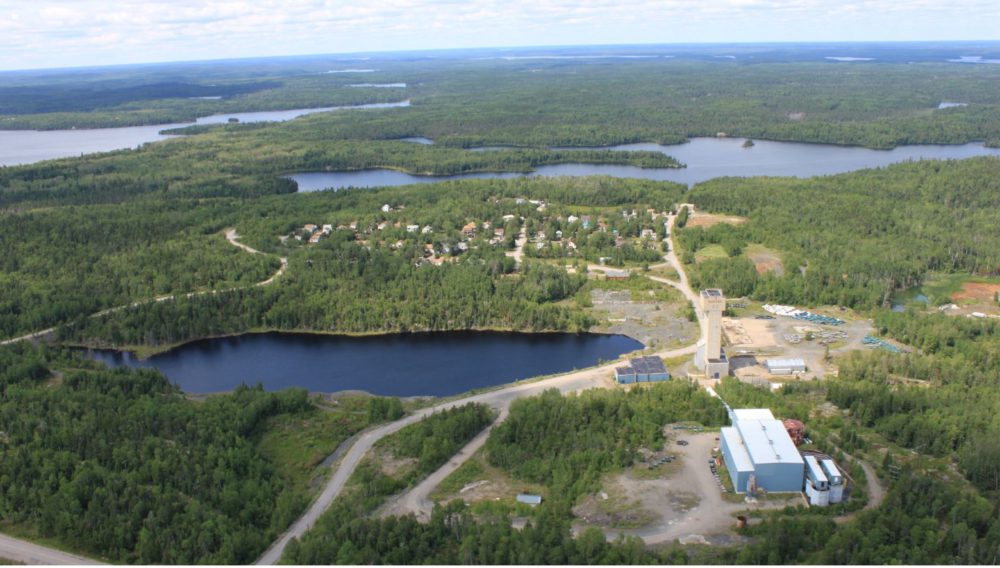


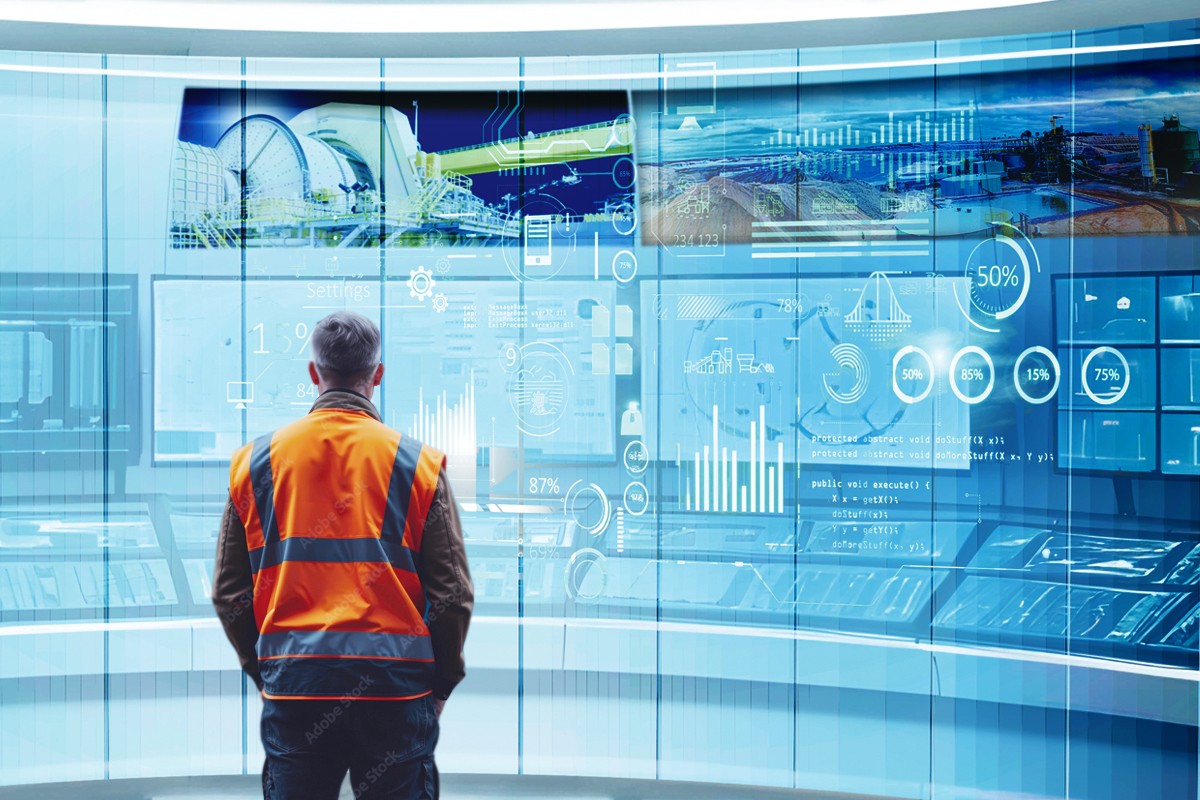
Comments